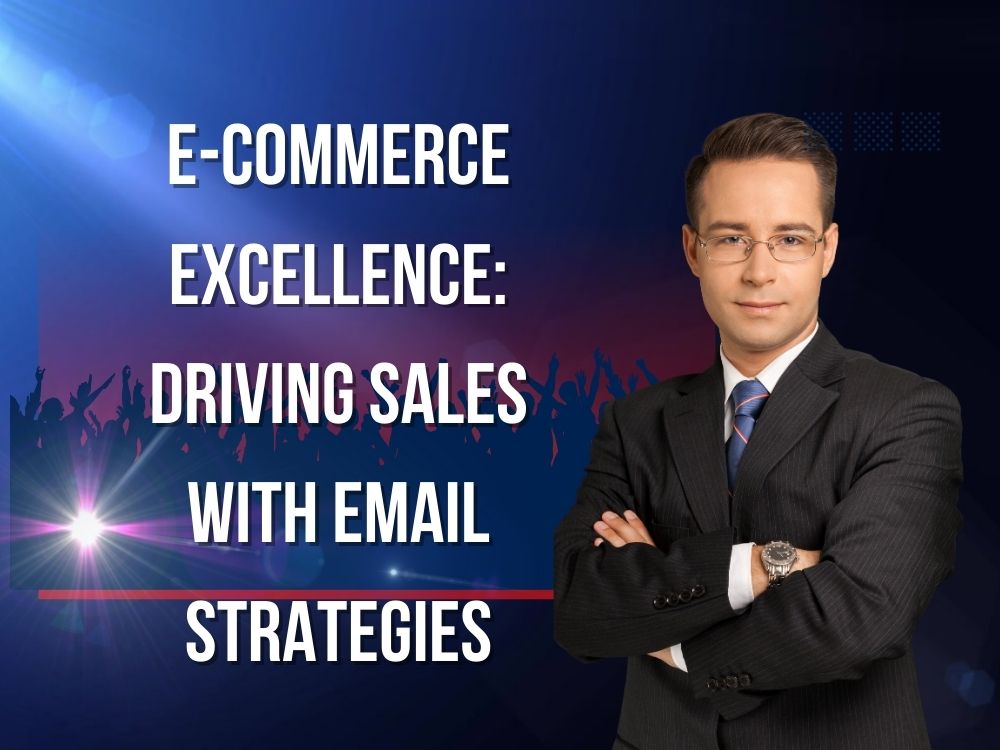Introduction
In the ever-evolving landscape of e-commerce, email marketing stands out as a formidable tool for driving sales and fostering customer loyalty. As online businesses strive for excellence in their operations, understanding the nuances of effective email strategies becomes paramount. In this article, we delve into the intricacies of leveraging email marketing to propel your e-commerce venture towards unprecedented success.
Building a Robust Email List
Targeted Acquisition Strategies
The foundation of a successful email marketing campaign lies in the quality of your email list. We employ targeted acquisition strategies to ensure that our email list comprises individuals who are genuinely interested in our products and services. Leveraging lead magnets, opt-in forms, and strategic partnerships, we attract high-quality leads eager to engage with our brand.
Personalization and Segmentation
We understand the power of personalization in email marketing. By segmenting our email list based on customer demographics, purchase history, and engagement levels, we deliver tailored content that resonates with each recipient. From dynamic product recommendations to personalized offers, we ensure that every email adds value to the recipient’s shopping journey.
Crafting Compelling Email Content
Captivating Subject Lines
In a cluttered inbox, a compelling subject line is your ticket to standing out. We invest time and effort into crafting subject lines that are concise, intriguing, and relevant to the recipient’s interests. Through A/B testing and data analysis, we continually refine our subject lines to maximize open rates and click-through rates.
Engaging Copywriting
The body of an email is where we truly connect with our audience. We leverage persuasive copywriting techniques to convey our message in a compelling manner. From highlighting the benefits of our products to showcasing customer testimonials, we ensure that every word we write serves a purpose and drives the reader towards conversion.
Optimizing for Conversions
Clear Call-to-Action (CTA)
A well-designed email is incomplete without a clear call-to-action. We strategically place CTAs throughout our emails, guiding recipients towards the desired action, whether it’s making a purchase, signing up for a webinar, or following our social media channels. By removing friction points and making it easy for customers to take the next step, we maximize conversion rates.
Mobile Optimization
In an era where mobile devices dominate online shopping, we prioritize mobile optimization in our email marketing efforts. We ensure that our emails render seamlessly across all screen sizes and devices, providing a frictionless shopping experience for mobile users. By optimizing our emails for mobile, we capture the attention of customers on the go and drive sales.
Nurturing Customer Relationships
Automated Email Sequences
We understand the importance of nurturing customer relationships beyond the initial purchase. Through automated email sequences, we stay engaged with customers at every stage of their buying journey, from post-purchase follow-ups to loyalty reward programs. By delivering timely and relevant content, we foster long-term loyalty and drive repeat purchases.
Feedback and Surveys
We value customer feedback as a cornerstone of continuous improvement. We regularly solicit customer feedback through email surveys and feedback forms, gaining valuable insights into customer preferences, pain points, and suggestions for improvement. By listening to our customers and acting on their feedback, we demonstrate our commitment to delivering exceptional customer experiences.
Conclusion
In the dynamic world of e-commerce, email marketing remains a potent tool for driving sales and fostering customer loyalty. By building a robust email list, crafting compelling email content, optimizing for conversions, and nurturing customer relationships, we empower e-commerce businesses to achieve excellence in their online operations. Embrace the power of email and unlock new heights of success for your e-commerce venture.

